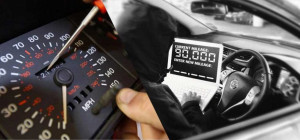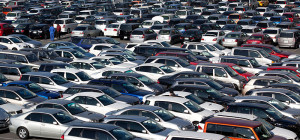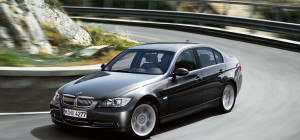 The Internal Combustion Engine
The Internal Combustion Engine
Over the past few decades there has been a great deal of discussion about the internal combustion engine and the need to create a more environmentally friendly form of automotive transportation. While there have been many improvements and advances, the truth is that we are a long way off from any real replacement of ICE vehicles.
There has been a veritable population explosion of autos in the past two decades, with more than a billion ICE vehicles on the road today. The growth is continuing, thanks to emerging nations such as China and India. The amount of fuel consumed by these cars and truck consumes an ever-increasing amount of the world’s energy production. With the projections that the total world population of vehicles will double again in the next 20 years, many aspects of the economy and environment will be impacted heavily by automotive uses.
These impacts include:
- Greatly increased use of fossil fuels
- Increased prices of fossil fuels
- Increased environmental impact from cars and trucks
The Natural Energy Inefficiencies of Vehicles
The challenges of the ICE form of automotive propulsion lie in the issue of converting chemical energy found in fossil fuels to mechanical energy needed to drive vehicles. There is a natural loss of 30% to 55% in this process and there are limits to how much this can be improved upon. The diesel engine is the most efficient way to use fossil fuels. Because of this, there will be more of a movement to diesel engines than even to electric vehicles.
With all the focus on the engine itself, most people do not realize that there are a number of other automotive energy inefficiencies that exist with automobiles. Scientists and researchers continue to focus on these areas for improvements. Overall, however, there are specific limitations to what can be expected in minimizing or eliminating these energy losses.
Overall areas of energy inefficiency include the following:
- Idling while not in motion.
- Due to heavy city traffic congestion, as much as 17% of all fuel consumed is wasted in simply sitting in a vehicle not in motion,
- Braking and acceleration. Basic laws of physics mean that any vehicle will lose from 5% to 7% of its fuel efficiency to braking and acceleration from a stop. Again, heavy traffic plays a role in this problem
- Mechanical inefficiencies. Once the ICE converts the fuel into mechanical energy, simply getting that energy to the drive shaft and the tires means a loss of from 5% to 8%. There are other factors, such as aerodynamic drag and rolling resistance that impact the overall efficiencies of a vehicle. The bottom line is that the road to a truly efficient vehicle has many hurdles that automotive scientists continue to tackle.
This article was published on behalf of Calvin Alexander, a freelance writer from Idaho, who enjoys blogging about automotive related topics.







